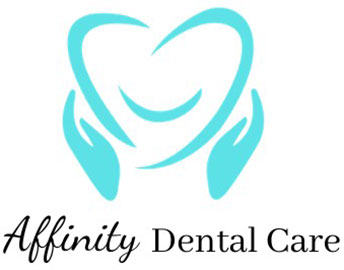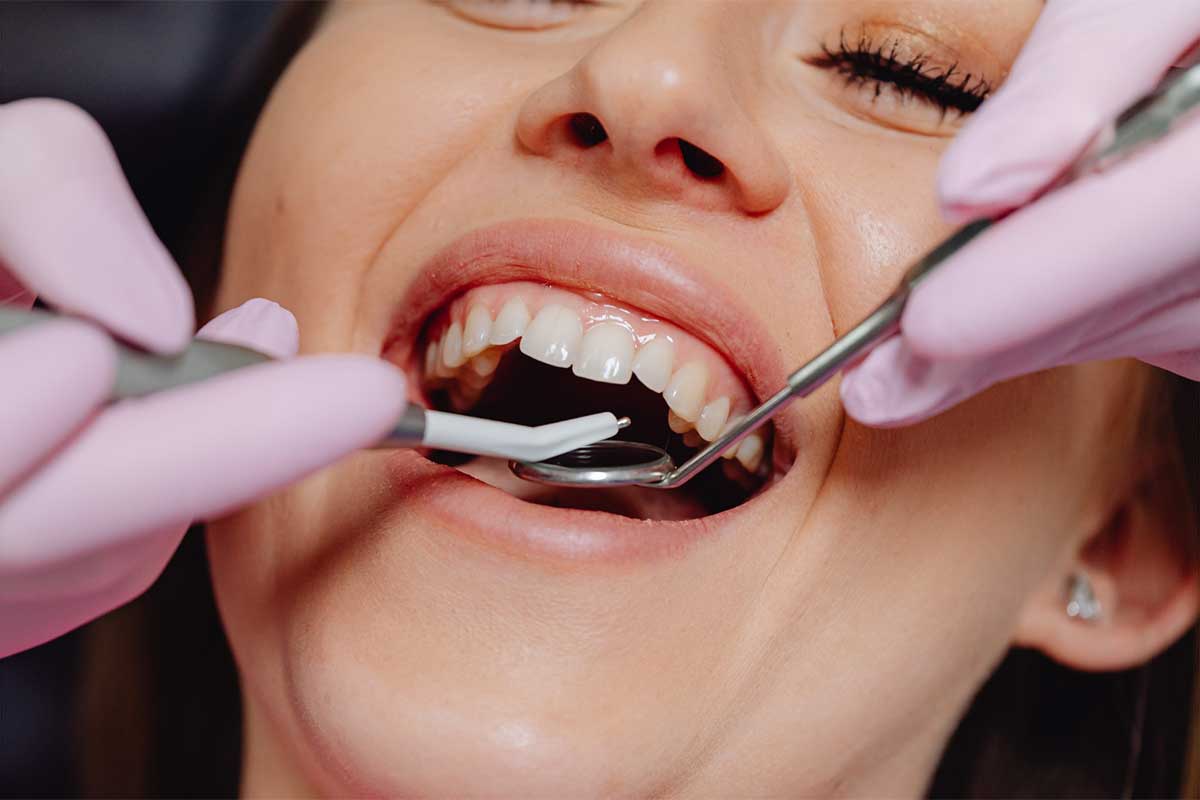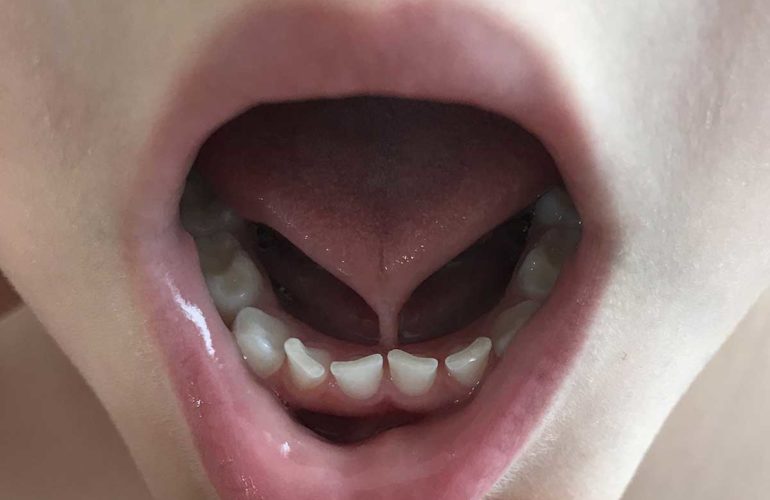Gum Disease Treatment
The goal of gum disease treatment is to control the infection and restore the health of the gums and bones. There are two approaches to it – allopathic and holistic. The two approaches are not mutually exclusive and can be employed together to achieve “wholistic” results.
When I say holistic approach, I do not narrowly mean detoxification or using natural products to fight gum disease in toothpaste, rinse, capsules or ointment. I am more referring to treating the underlying causes or exacerbating factors of gum disease.
Examples of how treatment should be dealt with
In my previous blog talking about the risk factors, there is a factor of nutritional deficiency in Vitamin C or D. We need to make sure the patient is getting the proper nutrient for the building and maintenance of the supporting tissues. If you are a smoker or social drug user, it makes sense to stop smoking and substance abuse to achieve better oral health.
Stress can be a factor that decreases the immune system and increases the amount of chemo messengers for inflammation in our bodies. This factor needed to be recognized, and appropriate professional help should be initiated.
Diabetes-induced gum disease can be severe. It is usually caused by poorly controlled diabetes – either no knowledge of having diabetes, noncompliance with the medications, indulging in sweet consumption, and simply inadequate or wrong medications. Once the diabetes is under control, allopathic and other holistic treatments can be effectively employed to manage the disease.
Those are just a few examples of how gum disease should be dealt with. A good medical history is essential in guiding the treatment modalities of gum disease.
The importance of patient’s education on gum disease
The patient’s education on gum disease processes (causes and results) is the epitome of the whole treatment. Knowing the importance of brushing and flossing, brushing the teeth properly, the frequency of brushing, etc., is the first stage in helping us have better oral health.
The allopathic approach, comprising biomechanical scraping and chemotherapeutic treatments, eliminates the direct causes of gum disease – the oral pathogenic bacteria and their products, including plaque and tartar.
The biomechanical scraping includes scaling and root planing. It involves physically removing the obnoxious toxin and bacteria embedded in the plaque and tartar sticking on the teeth and roots using fine instruments that dentists and hygienists used to scale the substances out. In some cases, for the patients to feel comfortable during the procedure, local anesthetics can numb the gums and teeth. When the gums and teeth are frozen, cleaning can be done to the root underneath the sensitive and inflamed gums without feeling pain by the patients.
In some cases, gum flaps are raised (gums covering the diseased roots are detached away from the roots with the surgical procedure) to have good visualization of the tartar and disease. The scraping can be performed more effortlessly and more thoroughly. After the thorough cleaning is done, the gums are sutured back onto the roots to heal and seal.
Removal of the redundant, inflamed and frail gums covering the deep gum pocket (space between the teeth and the surrounding gums) can be performed as such that the depth of the pocket can be reduced for easier home care/brushing. This procedure is called gingivectomy or gingivoplasty.
Grafting sound healthy gums to cover the exposed root with receding gums can be performed to enhance the healthiness of the area.
The dentist can prescribe antibiotics like amoxicillin for chemotherapy treatments to fight acute gum infection. If the disease is chronic, low dose doxycycline like periostat can help the body regulate the inflammatory mediators.
Place antibiotics into the deep pockets underneath the gums releasing medication slowly over time can help avoid having the other system exposed to the drug.
Emdogain (a natural protein growth factor) that promotes the healing process of soft and hard tissues is one of the chemo agents that dentists can use to battle gum disease. It is used locally in the defect after the area has been cleaned and disinfected.
Using a dental laser to target and kill the harmful bacteria in the infected gum pockets can be an effective choice of treatment in conjunction with other therapies.
Besides killing the harmful germs, the photons emitted by a particular dental laser can be a biomodulation agent (photobiomodulation) that stimulates the mitochondria (the powerhouse) in our good body cells. The energized cells, in turn, make the healing process a lot faster.
The use of natural botanical products like turmeric, cinnamon, Beswick, etc., in mouth rinse or toothpaste, can help suppress bacterial counts and modulate our inflammatory mediators.
Like I said before in my previous blog. The practice of mindfulness of our body and our health status is quintessential to maintaining our well-being. Periodic checkups with our family doctors and dentists are essential to stop any disease processes from progressing. Prevention is the best medicine. Early detection will ensure the disease is curable and health and wellness can be maintained and last for a lifetime.




